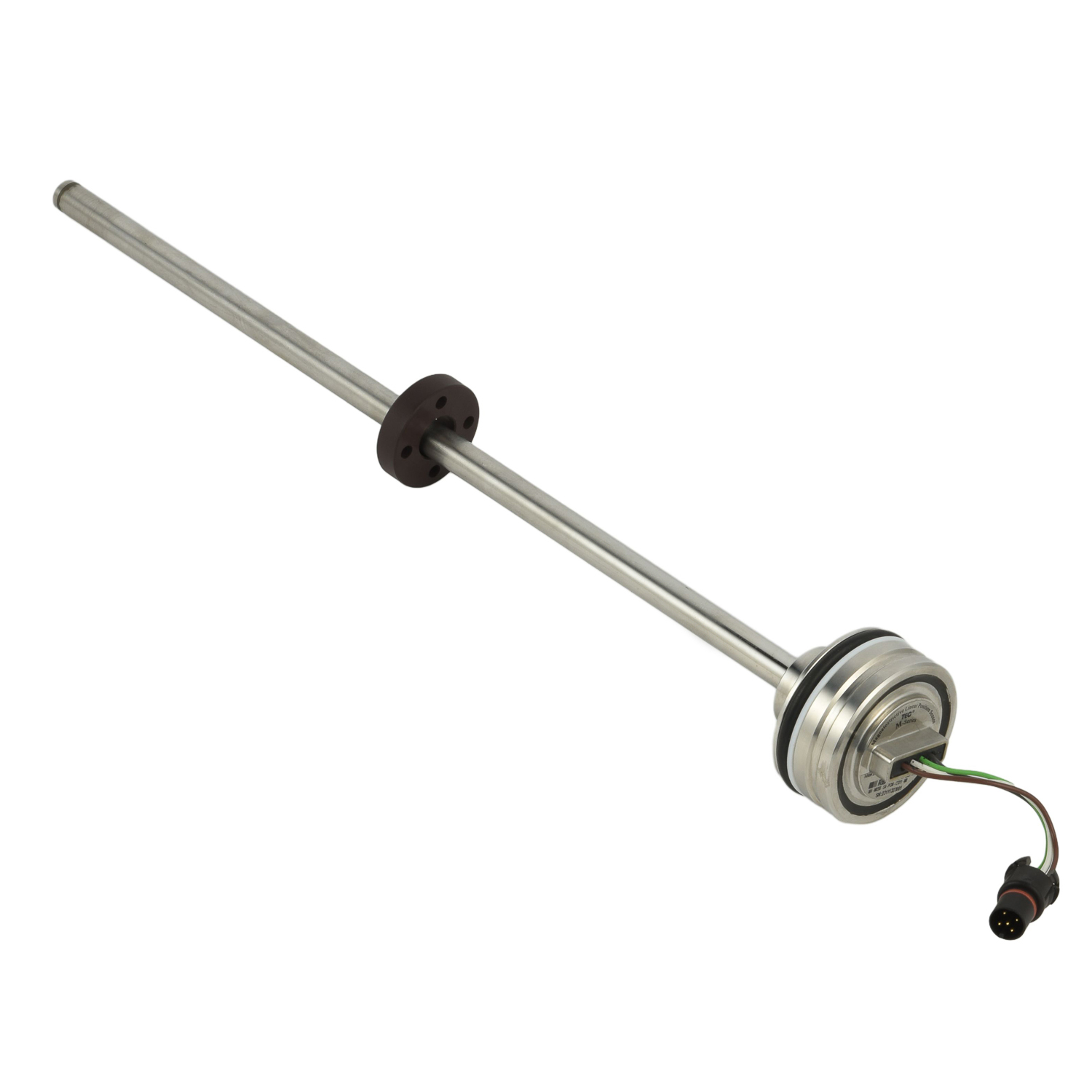How to achieve cost-effective measurements with magnetostrictive sensors?
Understanding Magnetostrictive Sensor Technology
Magnetostrictive sensors operate on the principle of magnetostriction, where certain materials change shape when exposed to magnetic fields. These sensors combine a waveguide wire, position magnet, and electronics to deliver exceptional measurement accuracy. The technology generates a torsional strain wave that travels along the waveguide, enabling precise position detection of the magnetic float or actuator. This fundamental operating principle forms the basis for their reliability and cost-effectiveness in various industrial applications.
Key Advantages for Budget-Conscious Applications
The primary economic benefit of magnetostrictive sensors lies in their exceptional longevity and minimal maintenance requirements. Unlike mechanical sensors that suffer from wear and tear, magnetostrictive variants feature non-contact measurement capabilities that eliminate mechanical degradation. Their robust construction withstands harsh industrial environments, reducing replacement costs and downtime. Additionally, these sensors offer superior accuracy compared to many alternative technologies, ensuring optimal process control and material savings.
Implementation Strategies for Maximum ROI
Successful implementation begins with proper sensor selection matched to specific application requirements. Consider factors such as measurement range, temperature conditions, and required accuracy levels. Installation best practices include proper mounting orientation, adequate clearance from magnetic interference sources, and correct wiring procedures. Regular calibration checks and preventive maintenance schedules further enhance long-term cost efficiency while maintaining measurement integrity.
Real-World Applications and Performance Metrics
Magnetostrictive sensors excel in hydraulic cylinder positioning, tank level monitoring, and industrial automation systems. In manufacturing environments, they typically achieve accuracy levels within ±0.01% of full scale, with repeatability of 0.001%.- Their ability to provide absolute position feedback eliminates the need for homing routines, increasing operational efficiency. Case studies demonstrate ROI periods under 12 months through reduced downtime and improved process optimization.

Future Trends and Cost Reduction Opportunities
Advancements in magnetostrictive technology continue to drive costs down while enhancing capabilities. Modern sensors now incorporate digital interfaces like IO-Link that simplify integration and diagnostics. Manufacturers are developing compact designs with reduced material requirements, making them accessible for smaller-scale applications. The growing adoption of Industry 4.0 protocols enables predictive maintenance capabilities, further optimizing lifetime operational costs.
 UpgradingYourLevelMeasurementS
UpgradingYourLevelMeasurementS
 Why are magnetostrictive level
Why are magnetostrictive level
 ComparingMagnetostrictiveandRa
ComparingMagnetostrictiveandRa
 MagnetostrictiveLevelSensorfor
MagnetostrictiveLevelSensorfor
